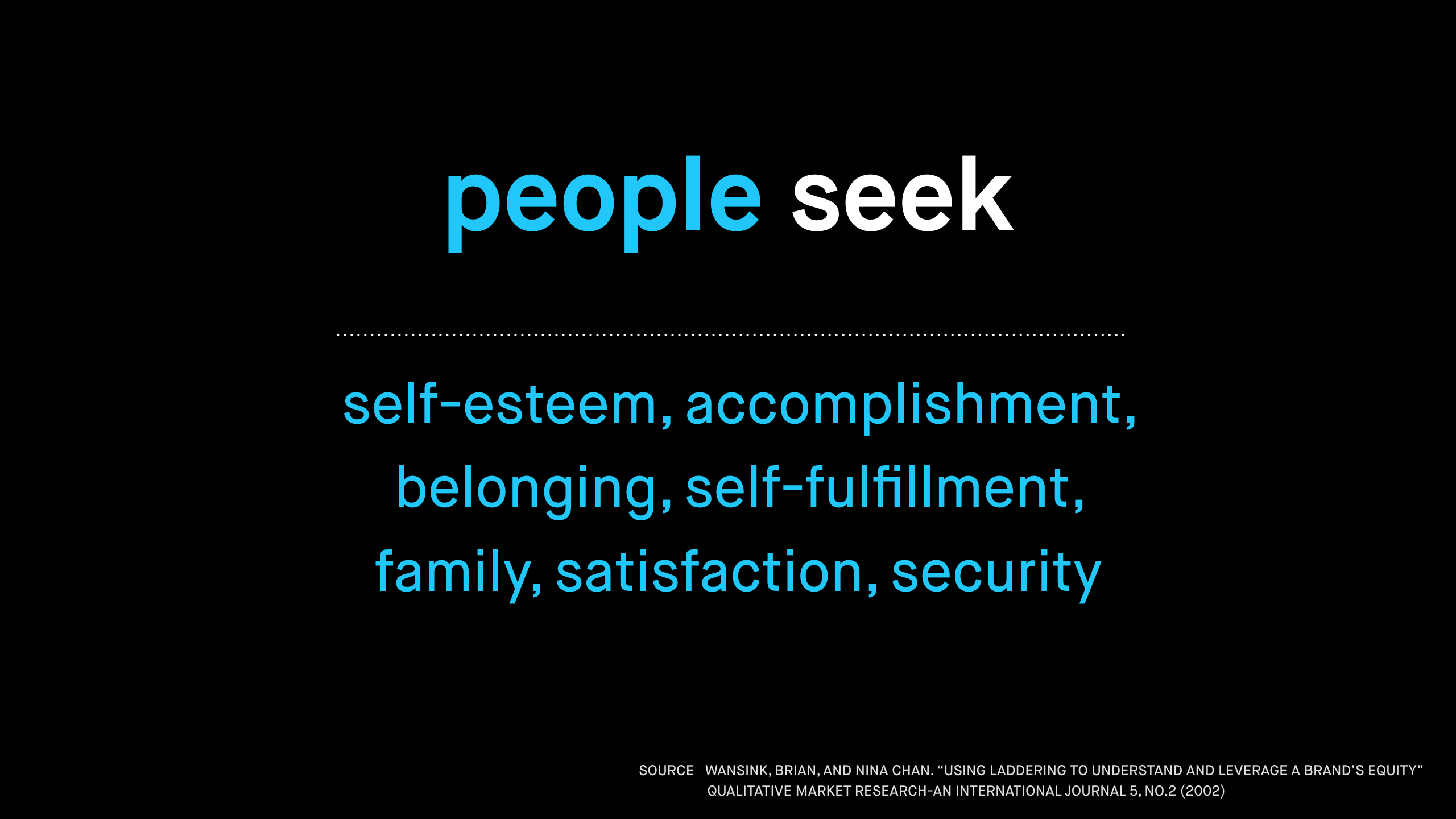4 guidelines for building a global brand
Global connectivity means that businesses can reach more diverse customer communities. Especially in tech. If you’re a SaaS company, it’s easier than ever to engage customers all over the world.
This global reach can be great for business. But how do you build a brand that supports global business initiatives?
At its best, your brand story connects with people on a basic human, emotional level. Leaders in each of your business divisions have internalized it. And your teams have the resources they need to build marketing strategies inspired by high-level, “umbrella” brand themes. Under this brand umbrella, your content creators have freedom to create messages that are specifically tailored to their country of focus.
Without the structure of the global brand in place, disparate teams might create their own versions of your brand. You risk creating a piecemeal, inconsistent experience for customers. At its worst, your brand could come across as insensitive—or even offensive.
Building a global-ready brand means recognizing cultural differences—because people across the world have widely-varying associations with words, phrases, symbols, and even colors. It also means tapping into the elements of the human experience that connect us all.
Building a global brand means recognizing cultural differences while tapping into our shared human experience.
If you’re creating or refreshing your global brand, follow these guidelines to ensure you’re building a powerful and memorable brand experience that will resonate across cultures—and grow with you as your brand scales.
Name carefully
Going to market with the right name—whether for a business or product—can be one of the most important decisions you make in a global context. Names impact initial impressions and help define long-term reputation and recognizability. During the process of choosing a name, vetting for global fit is crucial.
Start by doing your research. Look at the potential connotations, (mis)pronunciations, general appearance, and, of course, availability of the name in other markets. And before you fall in love, work with your legal team to confirm the name is ownable and trademarkable.
If you are expanding internationally under your current name, you may need to translate it—especially for languages that use non-roman alphabets such as Chinese or Hindi. The two most common types of conversion are transcription and transcreation. The former is essentially a direct adaptation of the word’s sound, while the latter is based in the meaning of the original name or service it represents.
If your organization has multiple products with different names, or if you plan to expand your portfolio in a new foreign market, consider creating a brand architecture diagram. A structure like this can guide your team’s approach to naming in the long run. You’ll keep a strategic view of how each name is related to the rest of the portfolio, and you’ll be more intentional about future naming decisions across your global product offerings.
Keep messaging simple and emotional
Sharing brand messages across cultures increases your risk for misinterpretation or misunderstanding. For example, using idioms and metaphors that are specific to your own culture often don’t make sense in other languages.
To build trust among customers, connect your brand to intrinsic human desires, emotions, and experiences. Focus your messaging first on what your customers want and how you can help. Your translators should have no trouble converting your idea within local contexts.
That core, emotional platform can then become a springboard for other, more specific aspects of your product. Beginning with the core idea, country-specific marketing teams have the freedom to craft campaigns and messages that support your big brand story.
Finally, when you keep language simple, your message is less likely to get lost in translation. It’s tempting, especially in tech, to try to say everything about your company or product. But a campaign that leads with a concise message that speaks directly to the customer is more memorable, no matter where you’re sharing it.
Vet your visuals
1965 Esso advertisement that appeared in the U.S. (left) and it’s Italian adaptation.
Your brand story is most vibrant when supported by strong visuals. That said, images alone cannot replace text-based messages in a new market. Visuals are their own language, and do not necessarily translate cross-culturally. Your customers’ values, beliefs, and cultural histories strongly impact the way they perceive visual ideas.
In the digital landscape, icons have become a popular way to guide customers across a webpage or communicate ideas quickly. Though they may seem universal, there are many factors to take into consideration when creating cross-cultural icons. IBM’s Globalization Guidelines serve as a good resource to reference for creating your own brand’s guidelines. Some key ideas they point out to be aware of when creating multicultural icons are:
- Text
If you have to use text in combination with your imagery, consider the amount of space required for the words. Line length and visual weight can vary greatly from one language to another, so it’s often better to avoid making text (and any characters) part of the icon.
- Humor
- Puns
- Slang
- Mythological symbols
- Religious symbols
When it comes to humor, puns, slang, or mythological and religious symbols, make sure you have a deep understanding of the subtleties of the language, culture, and religion of an area. For example, while an owl may represent wisdom in the United States, it is a symbol of stupidity in many Asian countries.
- Gestures
- Visual metaphors
Hand gestures and body positions typically make poor international icons, as gestures can be misinterpreted or even seen as offensive from one culture to another. Culturally-specific metaphors are also problematic, as they are not universal—such as using an image of a rural North American mailbox as the symbol for mail.
- Assumptions in reading direction
Of course, when designing visuals it’s essential to understand local reading and writing patterns.
- Flags
And only use national flags when you want to represent a particular country or region—including its associated ideals, boundaries, and political ideologies.
- Color
You also need to be careful when choosing color schemes.Be open to potential changes—the meaning of colors varies wildly across the globe.
As a general rule of thumb, remember that any design intended for use in multiple cultures needs to be reviewed by people from those regions to ensure they make sense and are culturally appropriate.
Work with an open mind
When working with cross-cultural teams, it’s fascinating to observe different styles of leadership, decision-making, and communication. One way to understand these differences is by looking at high and low-context cultures. For example, in low-context cultures like the United States, everything is explicitly communicated—messages are clearly laid out and described in detail. Conversely, high-context cultures like China rely heavily on non-verbal cues and implied meaning—so the communication medium (whether face-to-face, over phone, or via digital meeting) as well as prior knowledge are essential to understanding an idea.
Check out The Culture Map by Erin Meyer if you’re looking to read up on how people get things done across cultures.
Global mindfulness
Brands have the power to bring disparate groups together around a shared passion.
The most powerful brands connect with people at the core of what makes us all human. And when you start from this place of connection, your teams are empowered to reach local audiences within the context of your brand’s larger purpose.
With a healthy dose of awareness and sensitivity, your tech brand can grow its name as a leader in the global community.
We’ve played a role in building global tech brands, from Red Hat to NGINX. Need help building yours? Reach out below.

